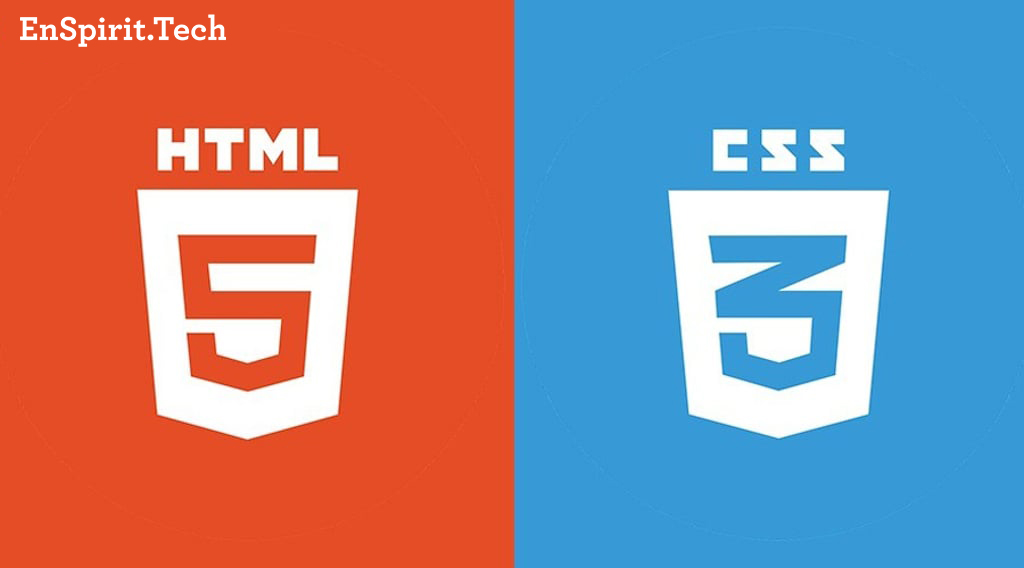
i
HTML6 and CSS5: What’s New for Web Developers?
As the web continues to grow and evolve, technology changes offer new tools and features for web developers. We now have exciting updates with HTML6 and CSS5. In this article, we’ll break down the fresh advancements in these languages, explaining how they can benefit web developers and improve the experience for users on the internet.
What is HTML6?
HTML stands for HyperText Markup Language. It’s the foundation of web pages, helping to structure content like text, images, and links. HTML6 is the upcoming version, bringing new features and improvements to enhance web development.
New Features in HTML6
Here are some of the notable features that HTML6 will introduce:
- Improved Native Support for Web Components: HTML6 will make it easier for developers to create reusable components for websites. This means less coding and more efficiency.
- Better Accessibility Options: With HTML6, web pages will be easier to navigate for everyone, including people with disabilities. Features will be included that support assistive technologies.
- More Powerful APIs: New application programming interfaces (APIs) will allow developers to integrate more functionality into their websites without complicated coding.
- Enhanced Media Handling: HTML6 will improve how websites handle images and video, making it easier to create engaging media experiences.
What is CSS5?
While HTML is used to structure content on the web, CSS—Cascading Style Sheets—controls how that content looks. CSS5 is the new version that brings fresh styles and layout options, allowing developers to create visually appealing websites.
New Features in CSS5
CSS5 will offer several updates that enhance the styling of web pages:
- Custom Properties: Developers will be able to create custom properties, which simplify managing styles throughout a website.
- Improved Layout Techniques: CSS5 will introduce new layout options, making it easier to design responsive sites that look great on any device.
- New Animation Capabilities: With advanced animations in CSS5, developers can create dynamic effects that improve user experience.
- Better Support for Grid Systems: CSS5 will enhance grid systems, allowing more flexible and organized layouts.
How Do HTML6 and CSS5 Work Together?
HTML6 and CSS5 go hand in hand. HTML6 gives structure to web pages, while CSS5 offers styling. Together, they help create beautiful and functional websites. Here’s how they complement each other:
- Seamless User Experience: With improved functionality in HTML6 and enhanced styles in CSS5, users will enjoy faster and more interactive websites.
- Efficient Development: With new features available, developers can save time by using predefined styles and components, leading to quicker project completion.
- Better Mobile Experience: As more people access the web via mobile devices, the combination of HTML6 and CSS5 ensures that sites look good and load well on all devices.
The Benefits of HTML6 and CSS5 for Developers
Both HTML6 and CSS5 are designed with developers in mind. Here are some key benefits:
- Increased Productivity: New features mean developers can accomplish tasks quicker, reducing workload and allowing more time for creativity.
- Easier Maintenance: With more straightforward coding and better organization, maintaining a website will be easier and less time-consuming.
- Better Collaboration: Teams will enjoy improved collaboration, as common components and styles can be shared across projects.
Challenges and Considerations
While the updates are exciting, there can be challenges as well. Developers may need to adapt to new coding practices and learn how to effectively use new features.
- Learning Curve: Developers will need time to adjust to the changes, learning how to implement HTML6 and CSS5 features properly.
- Browser Compatibility: Not all browsers will support new features immediately, so developers will need to consider compatibility during development.
- Legacy Code: Existing websites may require updates to integrate new technologies, which can be time-consuming.
Getting Started with HTML6 and CSS5
If you’re eager to jump into HTML6 and CSS5, here are some steps to get started:
- Stay Informed: Follow web development blogs and forums to keep up with the latest updates on HTML6 and CSS5.
- Experiment: Try out new features in personal or small projects to build your skills and confidence.
- Practice: The more you work with these languages, the better you will understand their capabilities.
Conclusion
HTML6 and CSS5 represent exciting advancements in web development, offering fresh features that make creating websites more efficient and enjoyable. For developers, these updates bring productivity, better maintenance, and improved user experiences.
As we look forward to the future of web development, it’s essential to adapt and learn how to use these new tools effectively. Embrace HTML6 and CSS5, experiment with their features, and watch your web development skills grow.
So whether you’re a seasoned developer or just starting, now is the time to dive into HTML6 and CSS5. Start today, explore all the possibilities, and take your web projects to new heights!
